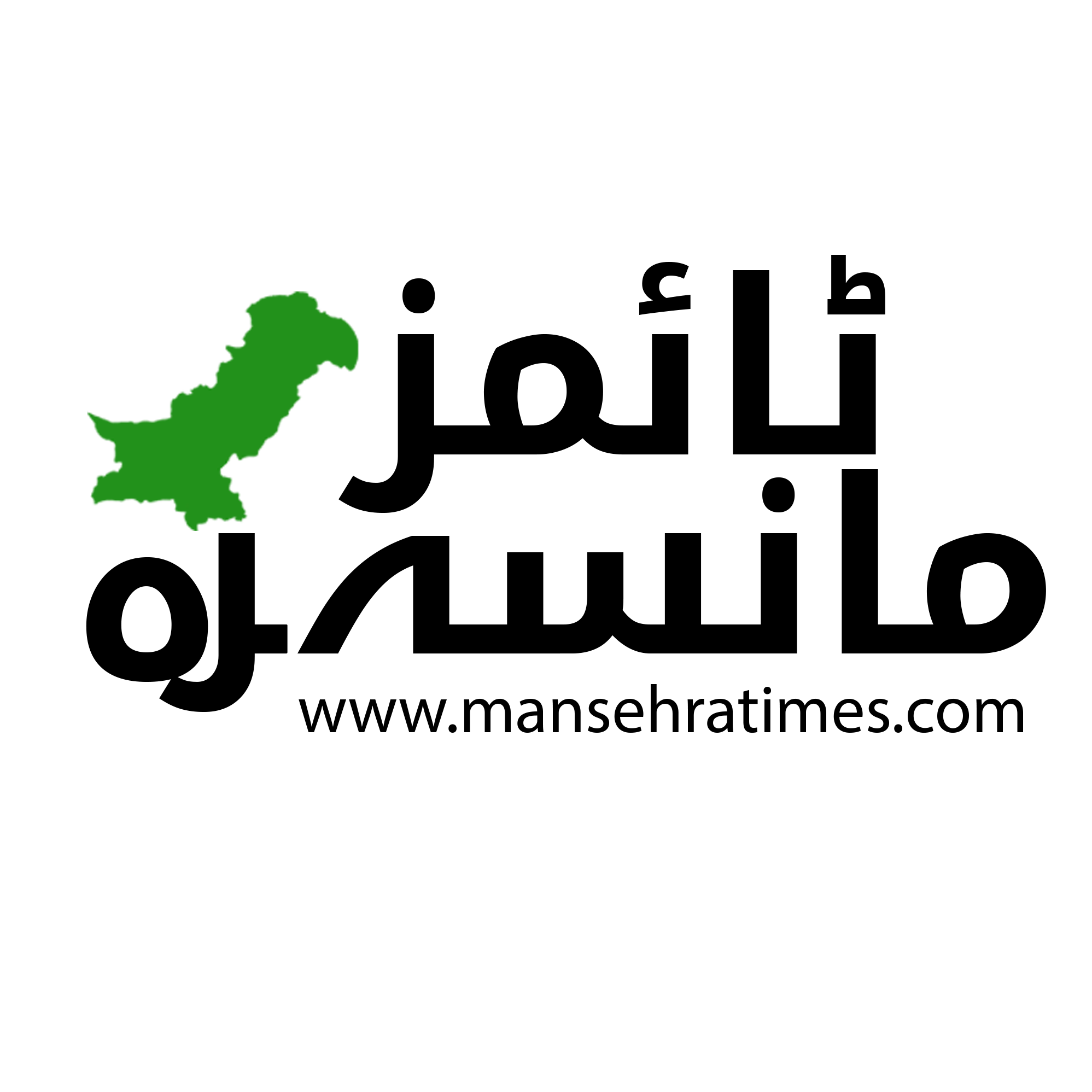The fillet of flounder sitting in your plate comes with a extreme environmental value. To catch it, a ship working on fossil fuels spewed greenhouse gases because it dragged a trawl web throughout the seafloor, devastating the ecosystems in its path. Apparent sufficient. However new analysis reveals that the implications prolong even additional: Trawl nets are hauling up each meals and an enormous quantity of carbon that’s imagined to be sequestered within the murky depths.
In a paper publishing within the journal Frontiers in Marine Science, researchers have tallied up an estimate of how a lot seafloor carbon the bottom-trawling business stirs into the water and the way a lot of that’s launched into the air as CO2 every year, exacerbating world warming. It seems to be double the annual fossil gas emissions produced by the complete world’s 4 million–vessel fishing fleet.
“At the very least 55 to 60 p.c of the CO2 created by trawling—scraping the seafloor—goes to return into the environment inside 9 years,” says lead creator and ecosystem ecologist Trisha Atwood, who focuses on carbon biking at Utah State College and Nationwide Geographic’s Pristine Seas program. “It now means that international locations must be taking a look at this business, and that their carbon footprint goes a lot additional than perhaps they had been pondering, simply by way of the quantity of gasoline that they burned to get out to their fishing grounds.”
The oceans have gone a good distance in saving humanity from itself. They’ve absorbed one thing like 90 p.c of the additional warmth our civilization has pumped into the environment, serving to naturally mitigate world warming. And so they’re huge carbon sinks: Photosynthesizing phytoplankton take in CO2 as they develop on the floor, then die and sink to the seafloor, locking that carbon away from the environment. Or little creatures often called zooplankton gobble up these phytoplankton and poop out pellets of carbon that additionally sink.
Both manner, there’s a worldwide conveyor belt of carbon shifting from the floor down into the depths, the place it’s supposed to remain for a protracted, very long time. “As soon as it will get buried below simply a few centimeters, actually, of sediment, it goes under the ‘energetic zone,’ as we name it,” says Atwood. “If it is undisturbed—so it isn’t blended up or trawled up—that carbon can keep down there for tens of 1000’s of years.”
An enormous, weighted trawl web obliterates all that. “They drag alongside the underside and reduce by means of all the pieces of their wake,” says Max Valentine, marketing campaign director of Oceana’s unlawful fishing and transparency marketing campaign in the USA, who wasn’t concerned within the analysis. “We liken backside trawling to clear-cutting of a forest. For instance, onerous corals in Alaska, which have been dated to lots of of 1000’s of years outdated, will be destroyed in only a single swipe.” Something caught up within the web that wasn’t the goal meals species—often called bycatch—will get hauled aboard the ship, typically lifeless, and thrown again overboard.
